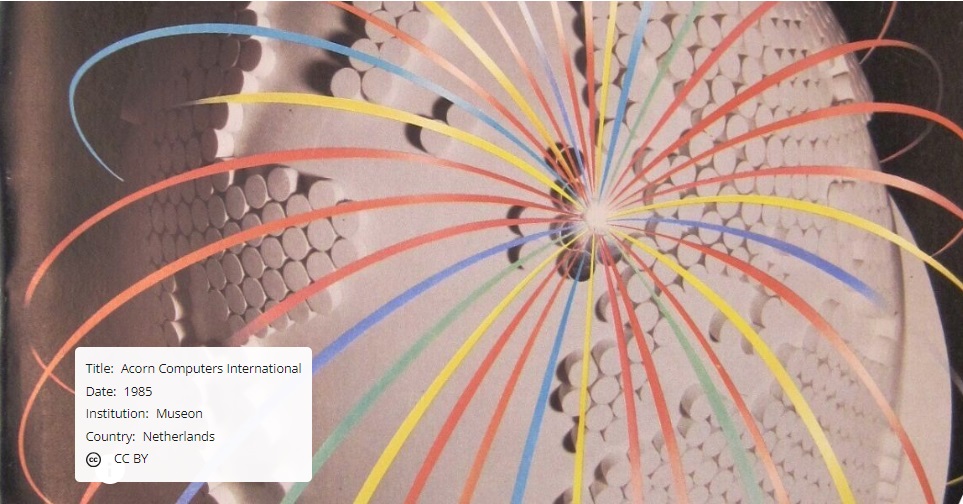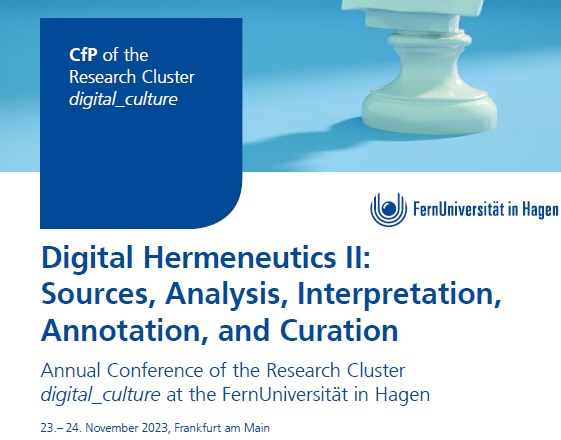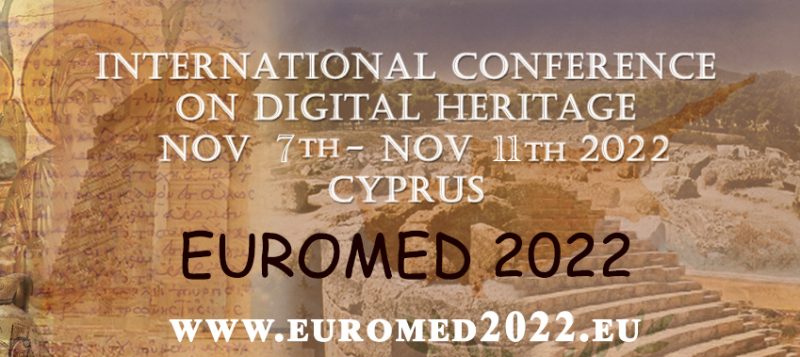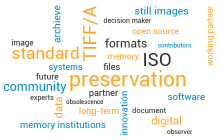 As PREFORMA partner and expert in TIFF we would like to inform you about the launch of this initiative. We count on you to participate in the new TIFF/A specification: your expertise will be very useful! Please get involved in any of the 3 levels.
As PREFORMA partner and expert in TIFF we would like to inform you about the launch of this initiative. We count on you to participate in the new TIFF/A specification: your expertise will be very useful! Please get involved in any of the 3 levels.
Archiving has fundamentally changed in the transition from analogue to digital. Technological changes of storage systems make of digital archiving a very active process. On the other hand, if analogue photographs are stored correctly, one can expect that these artifacts will still exist and will be usable even after some decades. Maybe they will face some kind of degradation but they will still be there. In the digital domain, this is completely different, digital information can be endangered because:
- Data carrier decay with time
- Hardware to read and access data carriers changes and gets incompatible with earlier generations
- File formats become obsolete or they feature technologies that are contrary to the needs of digital archiving.
It is inevitable that hardware will have to be migrated after a relatively short period of time but the file format should be as stable as possible to prevent file transformation that can cause loss of data or the introduction of artifacts. Therefore, it is very important to choose a format definition that fits with both aspects: quality and compatibility to archival needs.
From a technological point of view digital archiving is not something that is, in most cases, strongly related to a specific type of data. Nearly all users of digital data have the same problems and therefore it can help to see what other communities have done to solve typical archival obstacles. Taking for example a look at the PDF we notice a widely established file format that became the technical basis for today’s PDF/A standards, a derivative of the Portable Document Format for archival purposes. The basic PDF standard features interesting functionality like for example JavaScript and executable file launches or even encryption of content. However, some of the core functionality of PDF runs counter to the needs for digital preservation of electronic documents. PDF-files might become unreadable in the future or their content even might change depending on the time of access. Both are inacceptable for any archival use. Therefore, the ISO standardized version PDF/A has been created. PDF/A differs from PDF by omitting features that are not suited for long-term archiving. In addition, the use of standards-based metadata is mandated in PDF/A.
We therefore propose a subset of TIFF which is fully compatible with the TIFF standard but marks some tags as mandatory, some as optional and some as forbidden in order to guarantee the correct rendering in the future. In analogy to PDF/A format we propose to call this Format TIFF/Archive or TIFF/A.
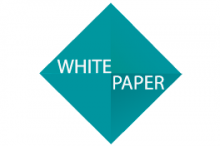 White Paper
White Paper
The versatility of the TIFF format has made it very attractive for memory institutions for long term archival of their digital images. However, since the TIFF format offers such a great flexibility, it is not guaranteed that in the future a standard TIFF reader will be able to read some TIFF images.The limitations of the baseline TIFF are too severe for many applications in digital archiving. In this sense, TIFF/A is not a new file format but a version of the TIFF format that is suitable for long term archival.
For further information: dowload here the WHITE PAPER.
Why TIFF/A?
The versatility of the TIFF format has made it very attractive for memory institutions for long term archival of their digital images. However, since the TIFF format offers such a great flexibility, it is not guaranteed that in the future a standard TIFF reader will be able to read some TIFF images.
The limitations of the baseline TIFF are too severe for many applications in digital archiving. It is important that, besides crucial technical metadata such as ICC color profiles (in case of color images) also important descriptive metadata is stored within the image file. Having descriptive metadata available (such as content description, iconography, copyright and ownership information etc.) is crucial for every archive. Having this information in the same file as the image data guarantees that this information will always be associated with the image.
The TIFF/A standard defines a subset of standard TIFF tags which are either required, optional of forbidden for the purposes of long term archival. Within this context, the goal must be that:
- The image can be opened with standard software even in the far future. Since the TIFF/A documentation is open and simple, even in case there is no standard software around, a reader can be programmed easily in the future which will render the image correctly and extract the essential descriptive metadata.
- The image data does not contain features that are not documented and therefore cannot be understood and rendered correctly in the future.
Conforming to the TIFF/A standard will guarantee that the essential digital information of a image file always can be read and interpreted correctly. Since TIFF/A is a subset of the TIFF standard, all current TIFF readers are able to correctly and completely render TIFF/A just out-of-the-box.
Image File Formats, Digital Archival and TIFF-A
 About Us
About Us
The TIFF/A Standard initiative is promoted by the Digital Humanities Lab of the University of Basel, the Agents Research Lab of the University of Girona and Easy Innova with the support of many interested memory institutions. This standard will be created in parallel with DPF Manager, an open source TIFF format validator that, in addition to the current TIFF ISO Standards, will be the first conformance checker for the TIFF/A new standard. This initiative has been boosted by PREFORMA, a PCP project that aims to address the challenge of implementing good quality standardised file formats for preserving data content in the long term.




